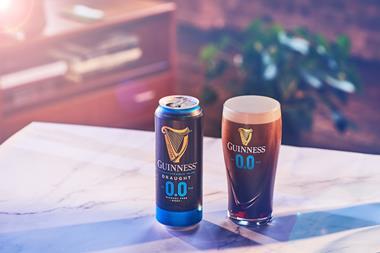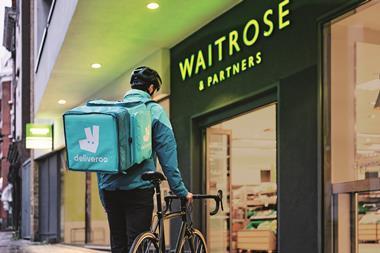Ready meals is one of the growth sectors in frozen food, being a destination for family shoppers but more impulse driven for a single customers. Promotions are important across the board.
Availability is therefore of utmost importance. Research shows consumers buy less when they see there is less than 50% of stock on shelf.
Each month Storecheck Marketing will be evaluating availability in a different category using two measures: the percentage of the category that is at risk compared to the rest of the skus in the category, and how much better the shelf space might be used. Both empty and overfull skus are poor use of space. The optimum facings are those that are turning over about once a day, the best profile for store management.
By adding the percentage of at-risk and overstocked facings, you get a vision of the inefficiency of the shelf fill. The most efficient fill is 100%.
Storecheck Marketing visited multiples' outlets between 12-4pm on a Thursday or Friday to see how many frozen ready meals products were likely to run out by peak selling time. The guide was less than 10% of the normal shelf loading.
The plaudit for fewest products at risk goes to Asda, with only 7.66% of its normal stock having problems. But promotional stock is a somewhat different picture, with Morrisons taking pole position. In promotions (in Asda's case EDLP initiatives), Asda more than doubles its at-risk stock to 16%, the same as Safeway and Sainsbury.
Tesco takes the wooden spoon in both categories, with a whopping 20% at risk on promotion and 14% for normal stock. Getting it right most profitably means a low at-risk figure and a high optimum figure.
Problems for consumers and retailers come with a high at-risk figure and low optimum figure, meaning too much stock on the wrong facings.
Morrisons has a low at-risk of 8.5% and a low optimum figure of 34.2%. It has plenty of stock on shelf, and is the only chain with better promotion availability than normal stock.
This is a topical lesson to Safeway, which has 16.9% out-of-stock on promotions and only 53% of the rest of the shelf with reasonable availability. This means most of its stock is in the wrong place.
Tesco has the highest promotional out-of-stocks, combined with a high optimum figure. It looks as if demand is seriously starting to outstrip availability.
{{INSIGHT }}
Availability is therefore of utmost importance. Research shows consumers buy less when they see there is less than 50% of stock on shelf.
Each month Storecheck Marketing will be evaluating availability in a different category using two measures: the percentage of the category that is at risk compared to the rest of the skus in the category, and how much better the shelf space might be used. Both empty and overfull skus are poor use of space. The optimum facings are those that are turning over about once a day, the best profile for store management.
By adding the percentage of at-risk and overstocked facings, you get a vision of the inefficiency of the shelf fill. The most efficient fill is 100%.
Storecheck Marketing visited multiples' outlets between 12-4pm on a Thursday or Friday to see how many frozen ready meals products were likely to run out by peak selling time. The guide was less than 10% of the normal shelf loading.
The plaudit for fewest products at risk goes to Asda, with only 7.66% of its normal stock having problems. But promotional stock is a somewhat different picture, with Morrisons taking pole position. In promotions (in Asda's case EDLP initiatives), Asda more than doubles its at-risk stock to 16%, the same as Safeway and Sainsbury.
Tesco takes the wooden spoon in both categories, with a whopping 20% at risk on promotion and 14% for normal stock. Getting it right most profitably means a low at-risk figure and a high optimum figure.
Problems for consumers and retailers come with a high at-risk figure and low optimum figure, meaning too much stock on the wrong facings.
Morrisons has a low at-risk of 8.5% and a low optimum figure of 34.2%. It has plenty of stock on shelf, and is the only chain with better promotion availability than normal stock.
This is a topical lesson to Safeway, which has 16.9% out-of-stock on promotions and only 53% of the rest of the shelf with reasonable availability. This means most of its stock is in the wrong place.
Tesco has the highest promotional out-of-stocks, combined with a high optimum figure. It looks as if demand is seriously starting to outstrip availability.
{{INSIGHT }}

















No comments yet